Have you ever wondered how global politics can sneak right into your kitchen? The price of your next kitchen cabinet upgrade might be about to spike—and the reason isn’t just what’s on sale at your local hardware store. The ongoing standoff between the United States and China is casting a long shadow over the cabinet industry, sending shockwaves through everything from manufacturing floors to home improvement dreams. As trade talks fray and uncertainty grows, the cost of cabinets could soon become a surprising pain point for millions of Americans. Here’s why this standoff might hit closer to home than you think.
Tariffs & Trade Barriers

Tariffs are like invisible taxes that show up when you least expect them, and right now, they’re threatening to make cabinets more expensive for everyone. When the U.S. slaps tariffs on imported goods from China, cabinet parts and materials that once flowed freely suddenly cost more. This isn’t just about big numbers on a spreadsheet—it means the cabinets you want for your kitchen or bathroom could become hundreds of dollars pricier. For manufacturers, these tariffs can be a logistical nightmare, forcing them to recalculate costs, rethink suppliers, and sometimes eat the extra expense. For consumers, it’s a frustrating reality: the price tag on their home improvement plans keeps creeping up, often with no clear end in sight.
Supply Chain Disruptions

Global supply chains are like carefully balanced dominoes; one bump, and the whole system wobbles. The stalemate between the U.S. and China is causing delays and shortages in critical cabinet components. Manufacturers who rely on Chinese suppliers now face longer wait times, unexpected shortages, and higher shipping costs. This can mean weeks or even months added to renovation timelines. For homeowners, it’s a double whammy: not only are cabinets more expensive, but they also might not arrive when needed. These disruptions ripple through the construction and remodeling industries, creating headaches for everyone involved and making reliable planning nearly impossible.
Inflationary Pressure

Inflation isn’t just a buzzword—it’s a force that’s quietly making everything from groceries to cabinets more expensive. The added pressure from trade disputes is only making this worse. As tariffs push up the cost of raw materials like wood, metal, and hardware, manufacturers are forced to pay more just to keep their assembly lines moving. The result? Price increases that trickle all the way down to the consumer. For someone dreaming of a new kitchen, these inflation-driven hikes can turn excitement into anxiety. Many families are left wondering if they should postpone projects or settle for less than what they want, all because each dollar simply doesn’t stretch as far as it used to.
Domestic Manufacturing Shifts

Some companies are trying to dodge these international headaches by bringing manufacturing back to the U.S. It sounds like a patriotic move, but there’s a catch: making cabinets at home is often more expensive than sourcing them abroad. American labor costs are higher, and new factories require huge investments. While this shift might protect against future tariff shocks, it means short-term pain for buyers. Cabinets made in the U.S. can cost more, and companies might need to pass those costs along to customers. For now, the transition is adding another layer of complexity, with prices in flux and suppliers scrambling to adapt.
Homebuilders & Remodelers
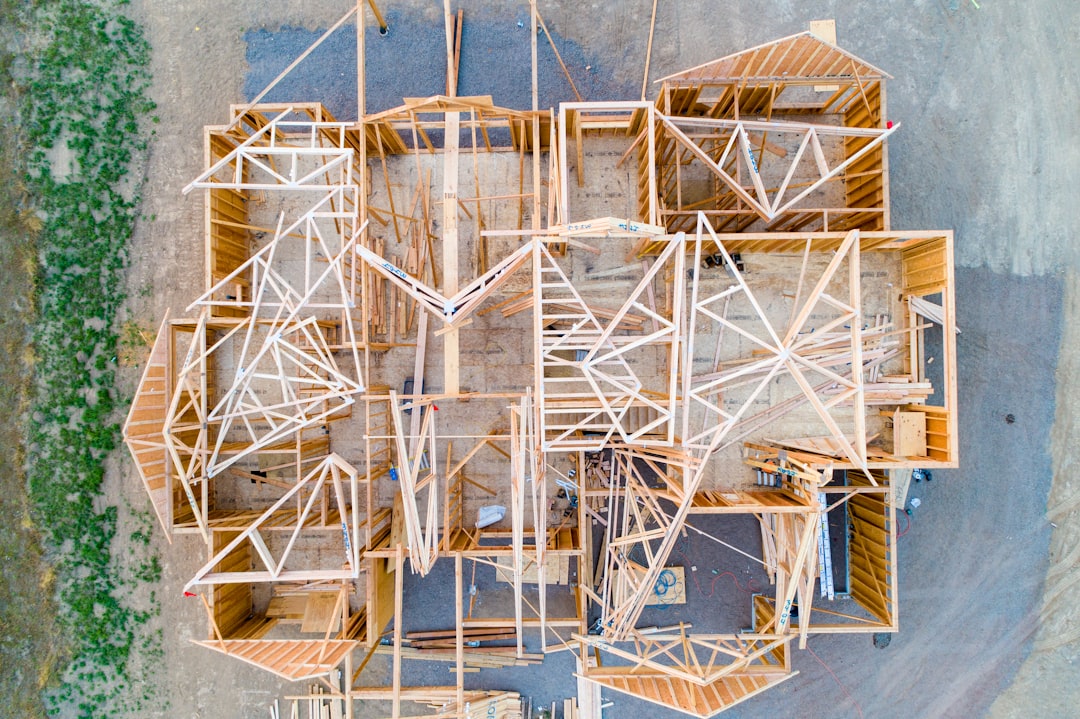
Homebuilders and remodelers are on the front lines of this crisis. When cabinet prices shoot up, it throws a wrench into construction budgets and timelines. Builders may be forced to hunt for cheaper alternatives, cut back on quality, or delay projects altogether. These rising costs can even impact the final price of a new home, making it harder for buyers to afford their dream properties. For remodelers, the unpredictability of cabinet costs can scare clients away from starting renovations. Many are now juggling nervous customers, shifting prices, and tighter profit margins—all while trying to keep projects on track and within budget.
Retailers (Home Depot, Lowe’s, etc.)

Major retailers like Home Depot and Lowe’s are feeling the pinch as well. When their suppliers face higher costs, the price increases inevitably make their way to store shelves. Retailers must decide: do they absorb the costs and squeeze their margins, or pass them on to shoppers and risk losing business? For these giants, balancing inventory becomes a high-stakes game. Too many expensive cabinets, and they risk unsold stock; too few, and they miss out on sales. The uncertainty from stalled trade talks is making it harder for them to plan ahead, forcing tough decisions that could reshape what’s available for consumers.
Chinese Exporters

Manufacturers in China aren’t immune to the fallout. With tariffs making their products less attractive to American buyers, Chinese cabinet exporters are scrambling to adapt. Some are exploring new markets, while others are trying to cut costs or adjust their prices. The unpredictability of U.S. demand means Chinese factories may slow production, lay off workers, or even shut down lines. This turbulence doesn’t just hit businesses—it affects families and communities that depend on the cabinet industry for their livelihoods. For many, the stalled trade talks are a source of real anxiety and hardship.
Consumer Impact
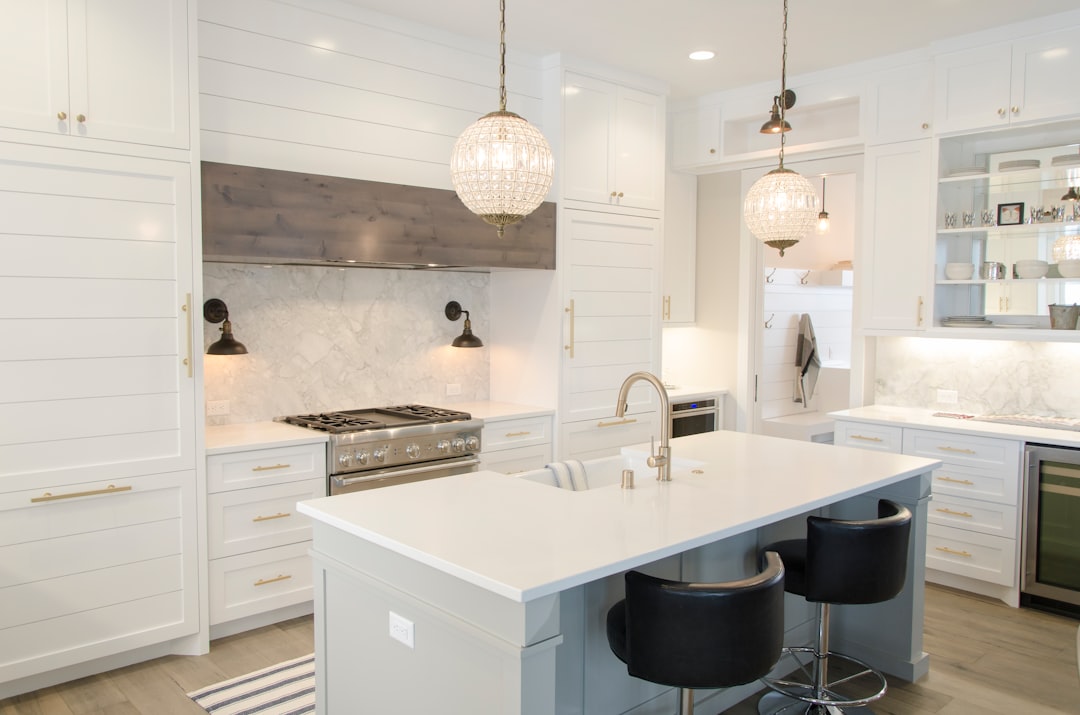
At the end of the day, it’s everyday people who bear the brunt of these changes. Homeowners looking to renovate may find that their budget no longer covers the cabinets they want. Some might have to delay their projects, scale back their plans, or settle for lower-quality options. The sticker shock is real, and it’s forcing tough choices in households across the country. For many, the simple act of updating a kitchen or bathroom has become a source of stress instead of excitement—all thanks to a trade dispute that feels worlds away from their daily lives.
Ripple Effects Across the Economy

The cabinet industry doesn’t exist in a bubble. Rising costs can spill over into related sectors: countertop makers, hardware suppliers, installers, and even real estate agents feel the impact. As new home construction slows or renovation projects get put on hold, jobs can be lost and local economies can take a hit. The ripple effects extend to banking and financing, as fewer people take out home improvement loans. What seems like a cabinet crisis is really a chain reaction that touches every corner of the home improvement world.
Outlook for the Home Improvement Market
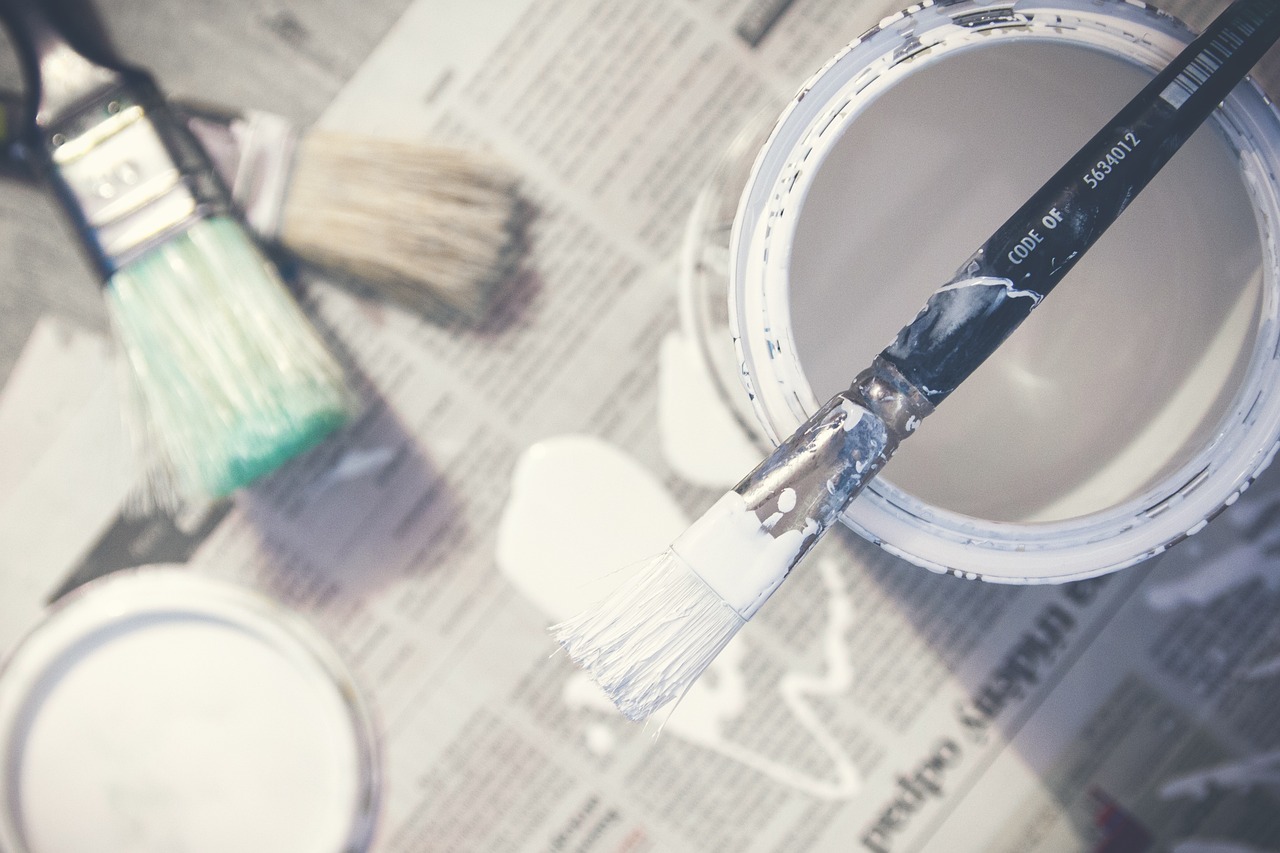
The home improvement market has been riding high on a wave of post-pandemic demand, but these new challenges threaten to cool things off. Higher cabinet costs can slow sales, reduce project sizes, and make it harder for homeowners to upgrade their spaces. Retailers and contractors are rethinking their strategies, focusing more on value and less on luxury. Consumers, meanwhile, are becoming savvier—shopping around, considering alternative materials, or even postponing projects until prices stabilize. The uncertainty from the U.S.–China stalemate is making it tough for anyone to predict what the future holds.
Potential Silver Linings
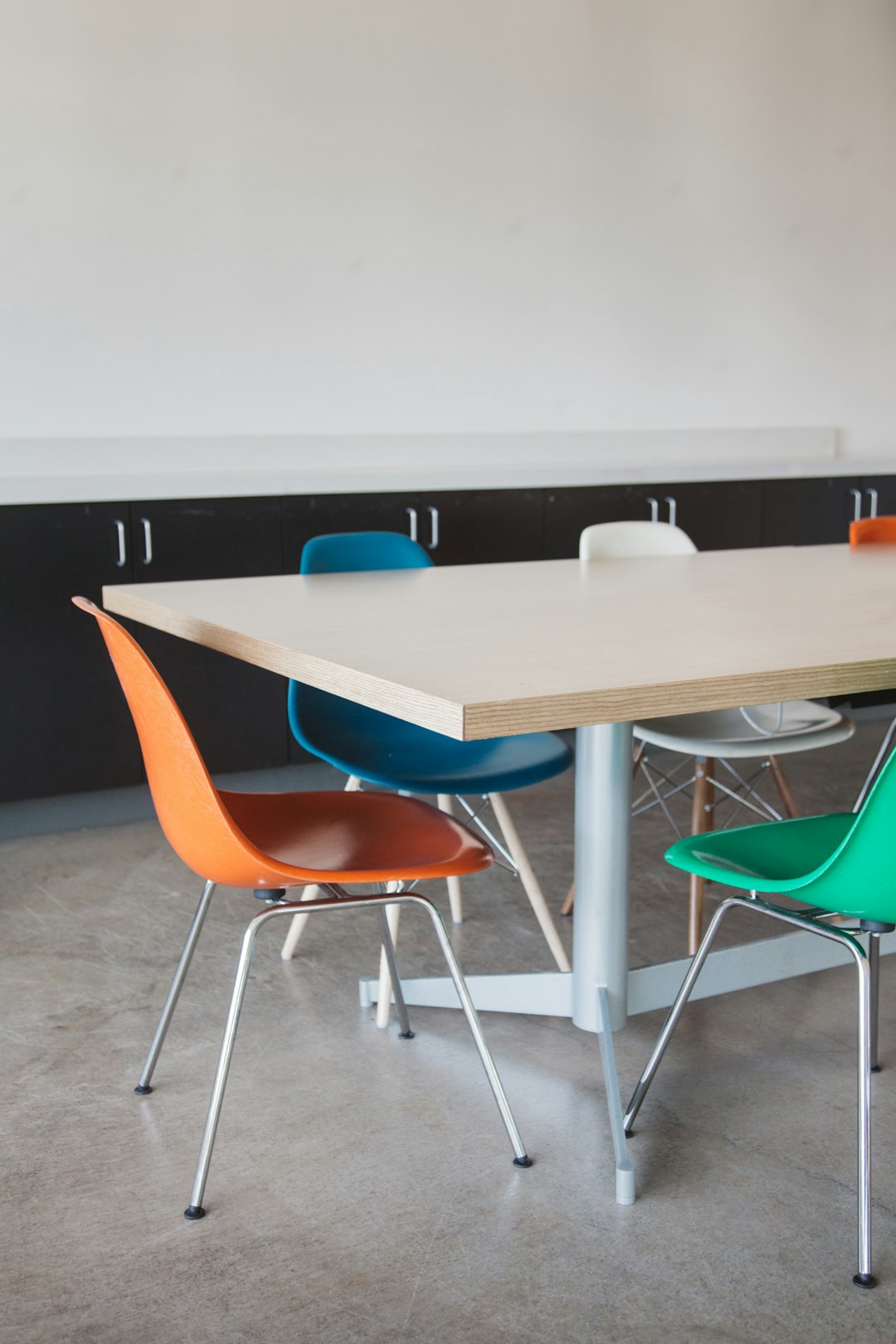
While the outlook feels uncertain, there are glimmers of hope. Some manufacturers are using this moment to innovate, finding new materials, streamlining production, and building more resilient supply chains. Retailers are working harder to offer deals and promotions to keep customers interested. And for homeowners willing to be flexible, there are still opportunities to create beautiful spaces without breaking the bank. Sometimes, adversity sparks creativity—and that could lead to new trends and solutions in the cabinet industry.
What’s Next?
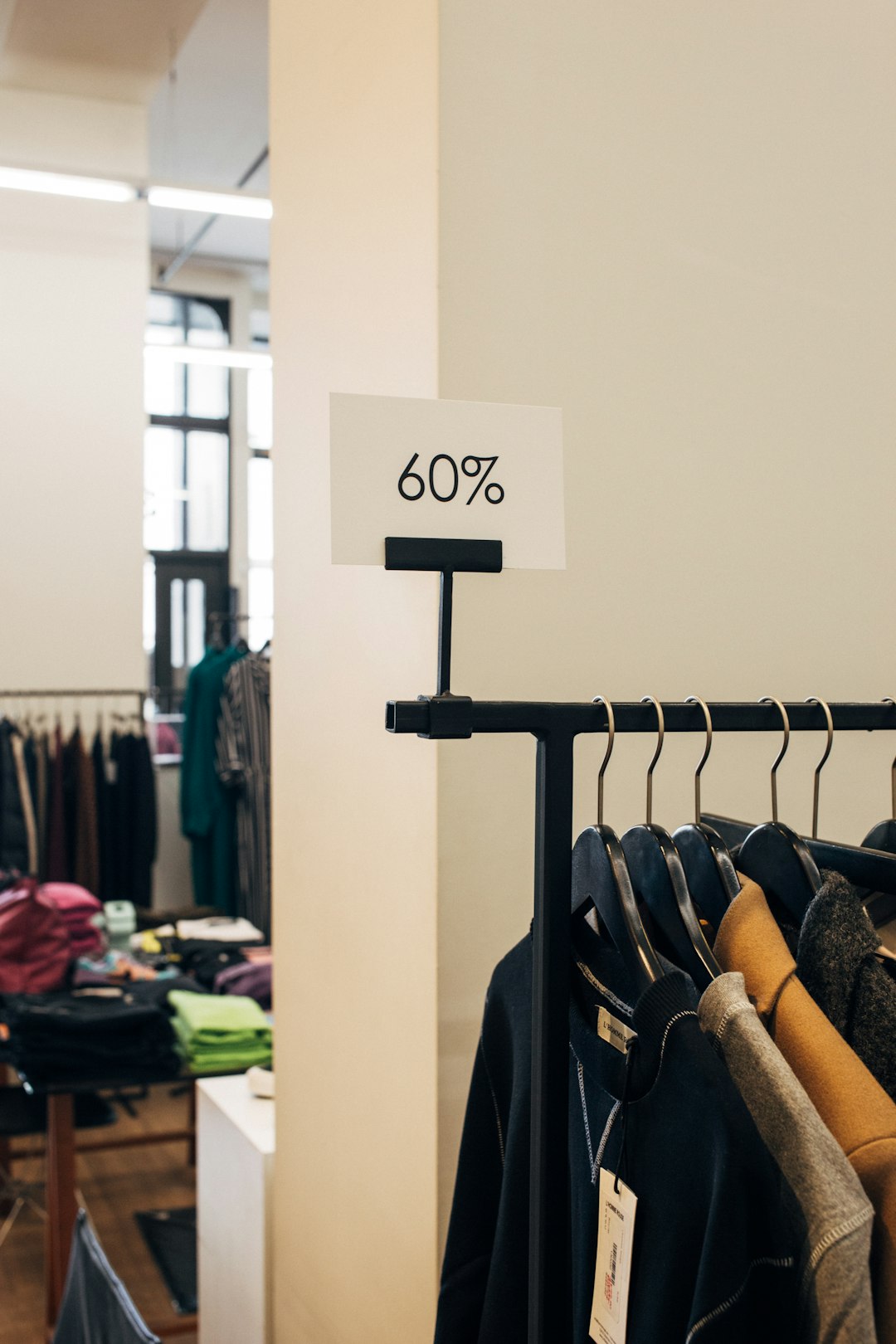
The cabinet cost conundrum is a vivid reminder of how global events can shape our most personal spaces. As U.S.–China trade talks continue to stall, the industry is holding its breath, waiting to see what comes next. Will negotiations resume? Will tariffs rise even higher? Or will a new solution emerge that brings relief to manufacturers, retailers, and consumers alike? For now, everyone involved is watching and waiting, knowing that the next headline could change everything.

Lena is a thoughtful and imaginative writer with a passion for storytelling across the themes of travel, environmental sustainability, and contemporary home aesthetics. With a background in cultural media and a strong visual sensibility, Anna Lena creates content that bridges inspiration with practical insight.
Her work explores the interplay between place, lifestyle, and design—guiding readers through meaningful travel experiences, eco-conscious choices, and modern approaches to living well. Known for her elegant writing style and attention to detail, she brings a fresh, human-centered perspective to every topic she covers.
Anna Lena contributes to digital publications and editorial projects where aesthetics meet purpose. Her writing not only informs but also encourages readers to live more intentionally, sustainably, and beautifully—wherever they are in the world.
